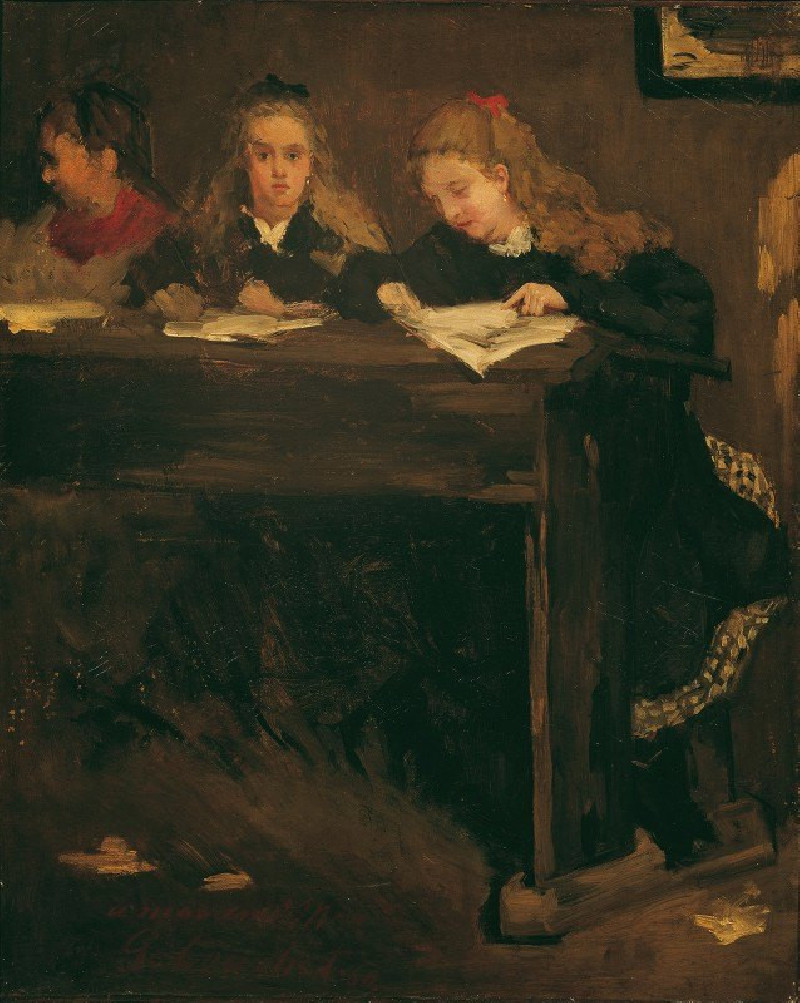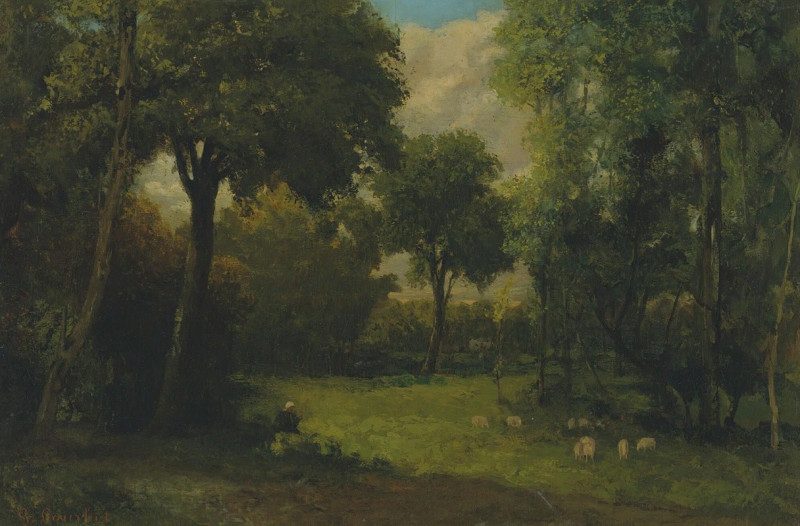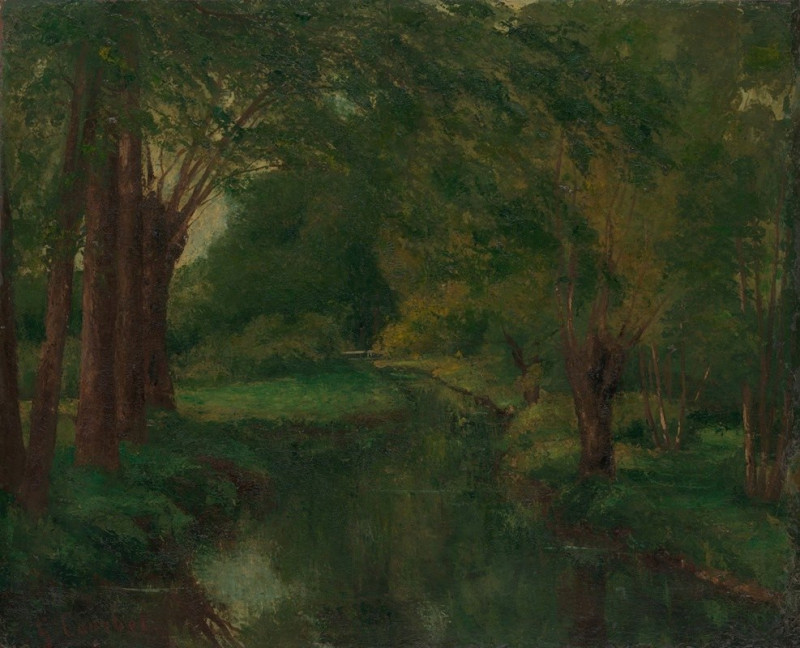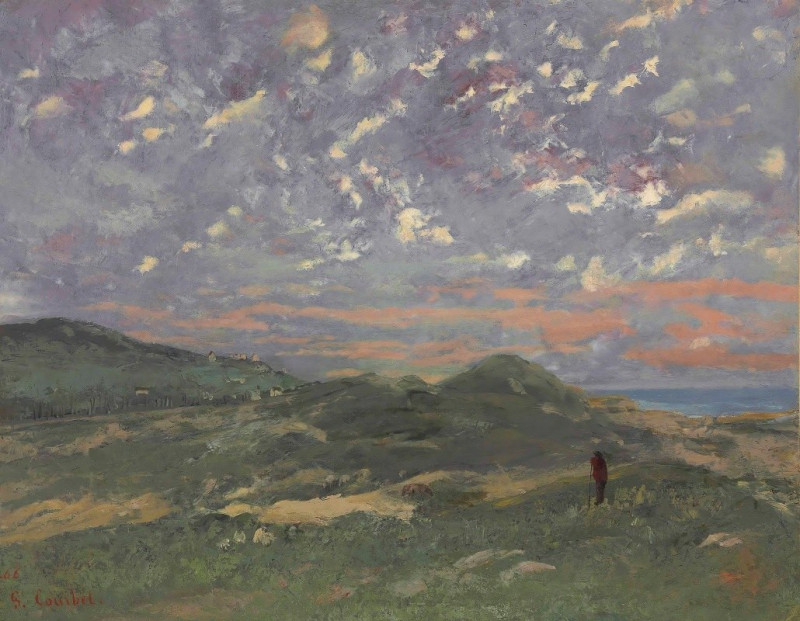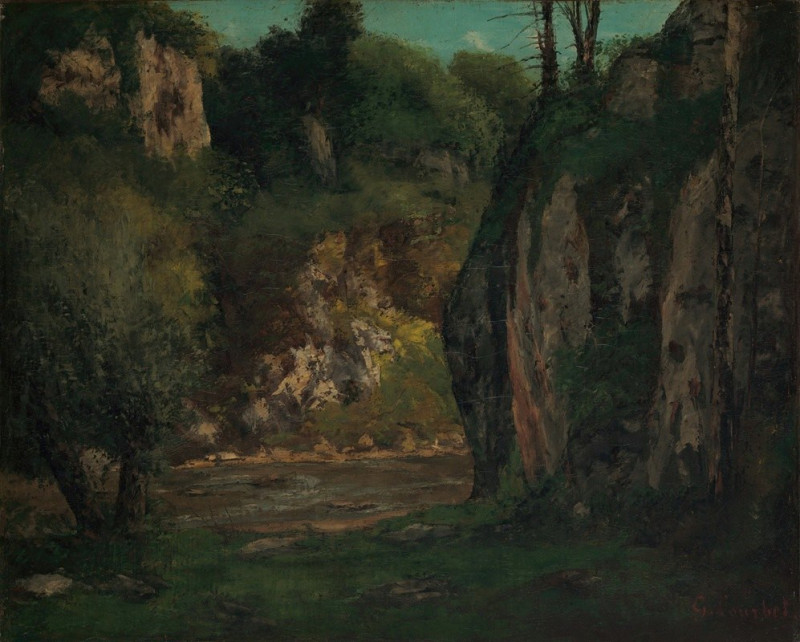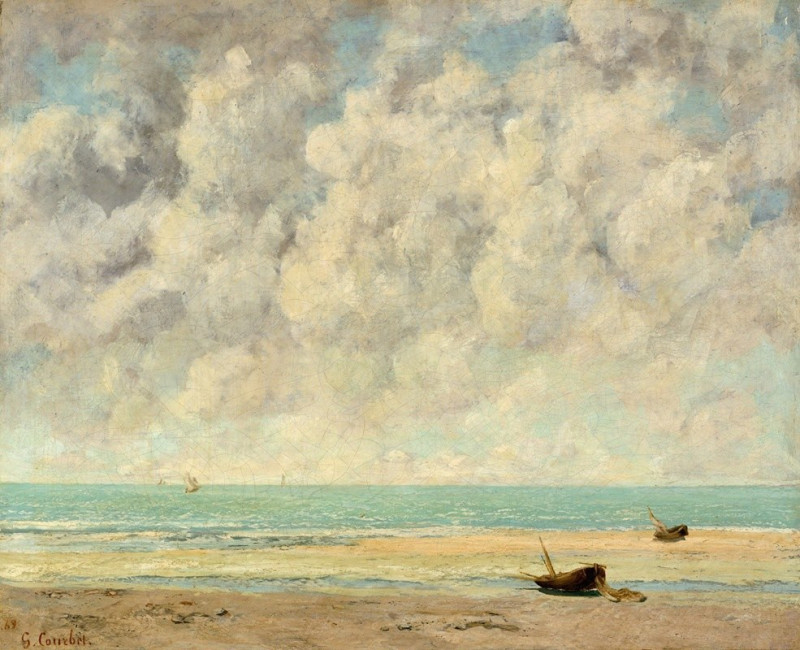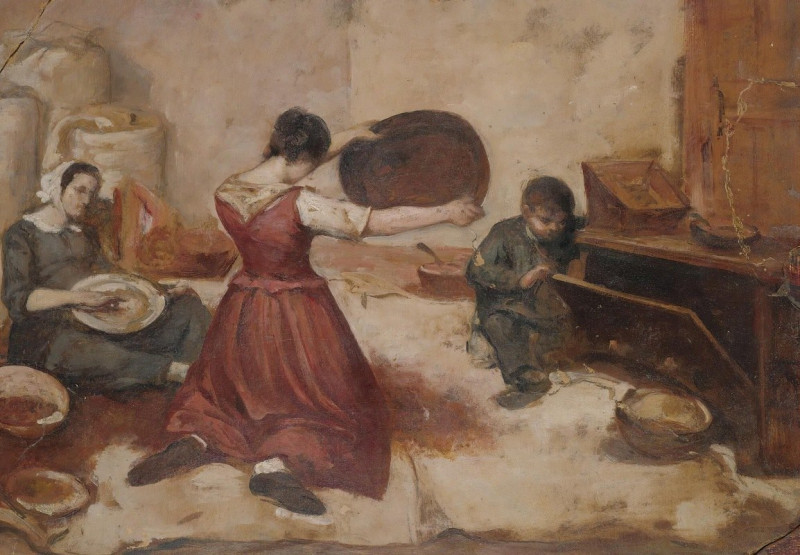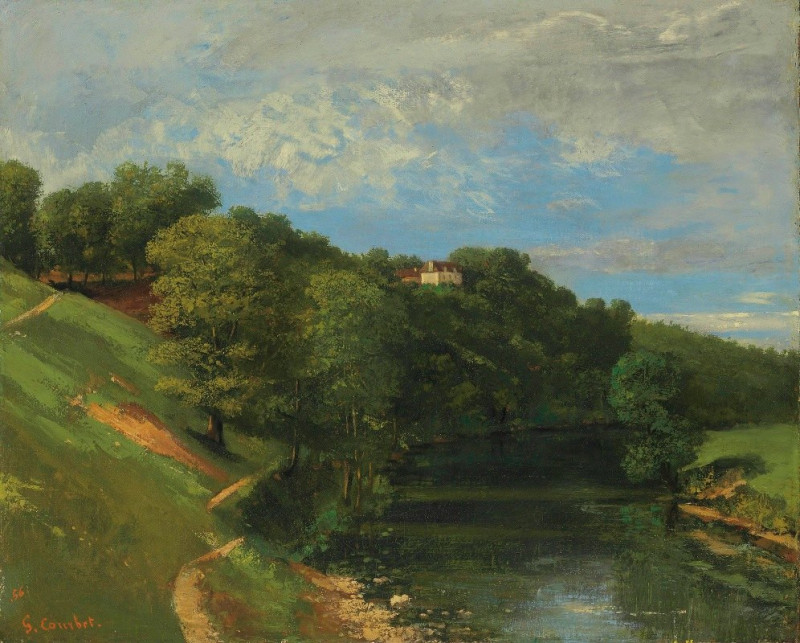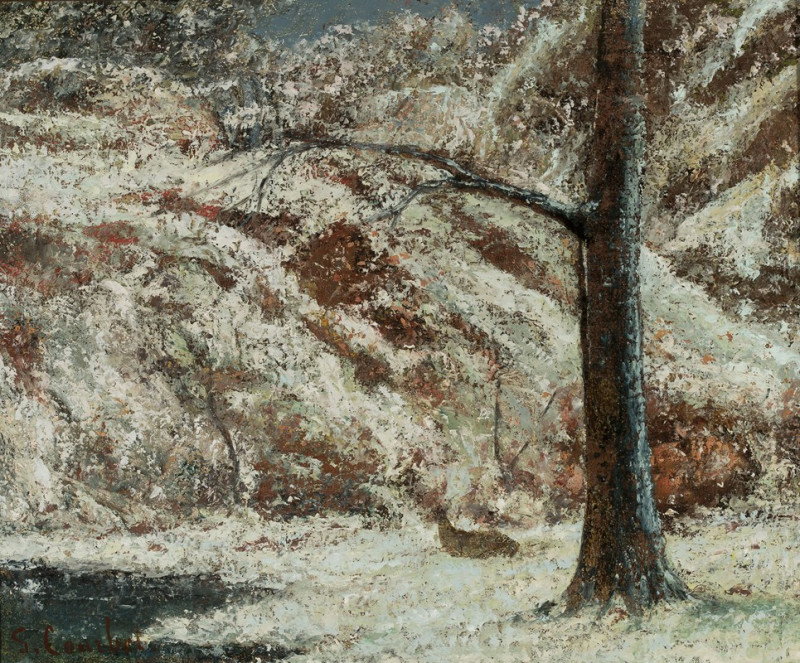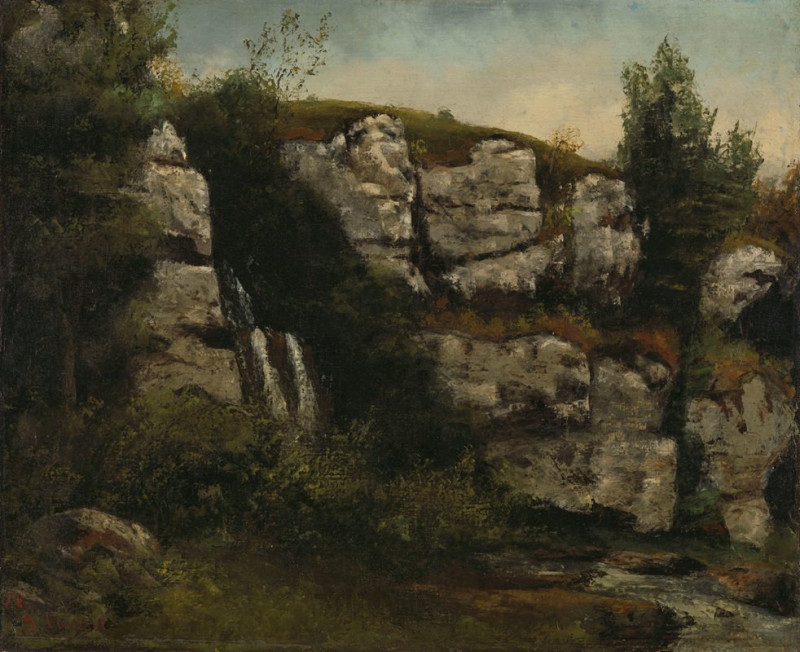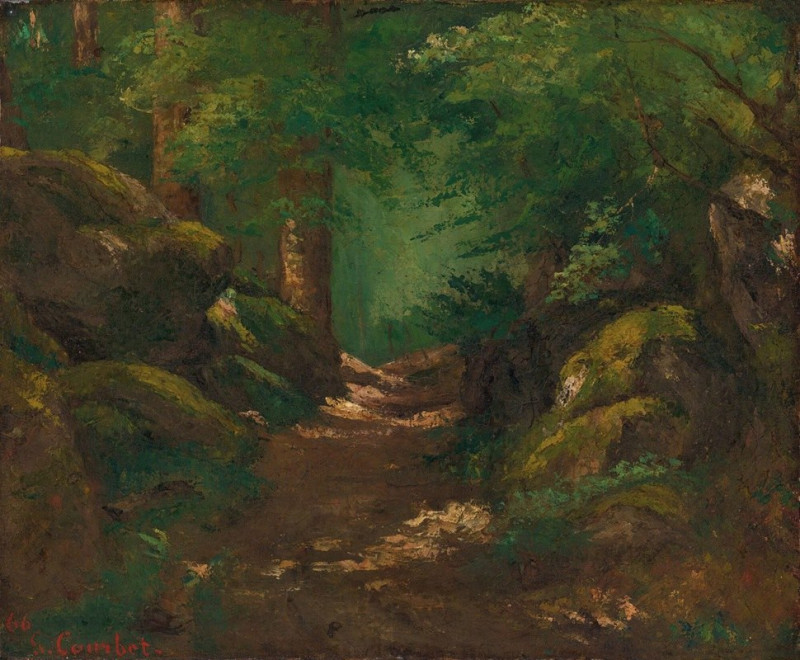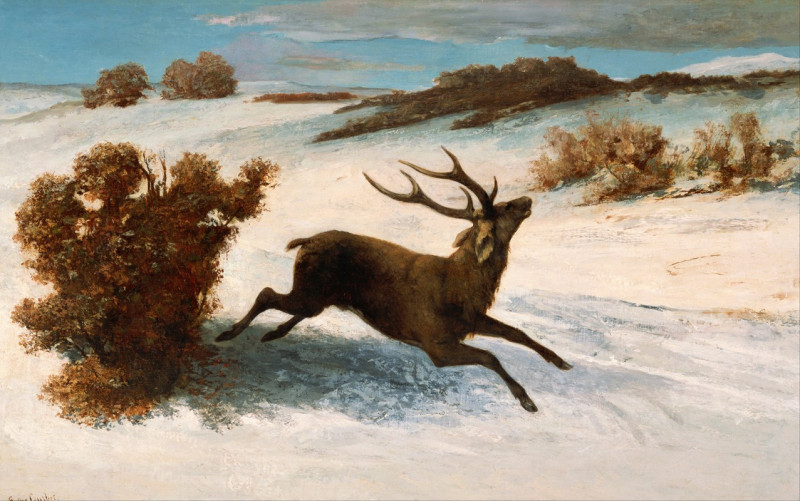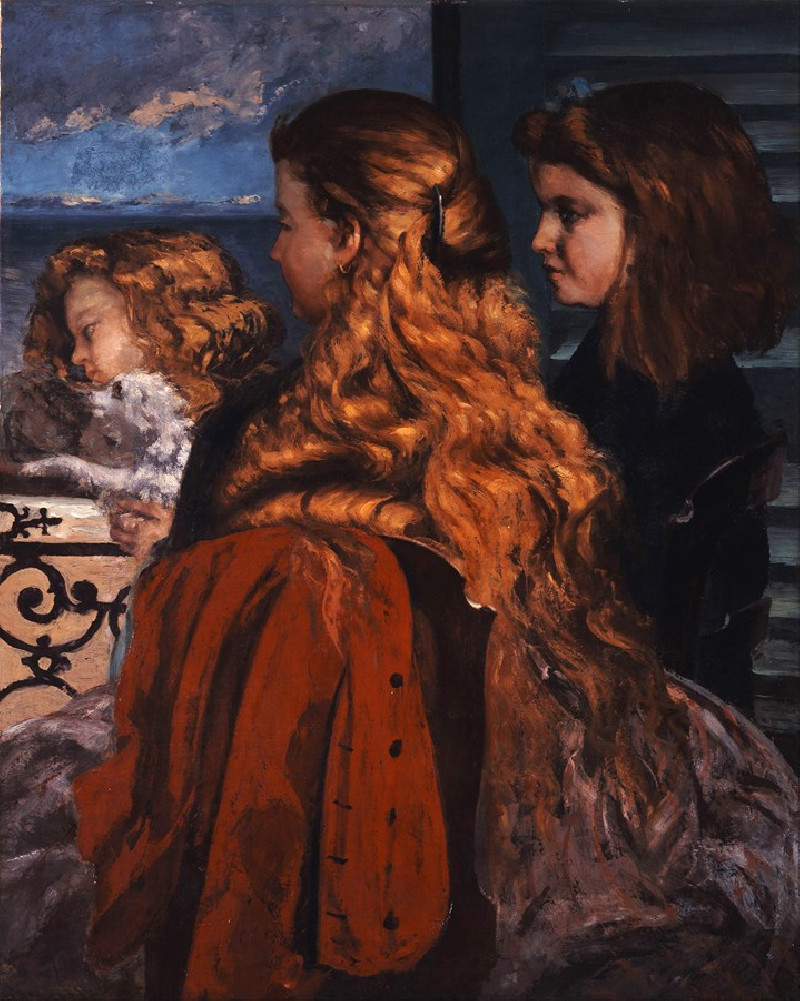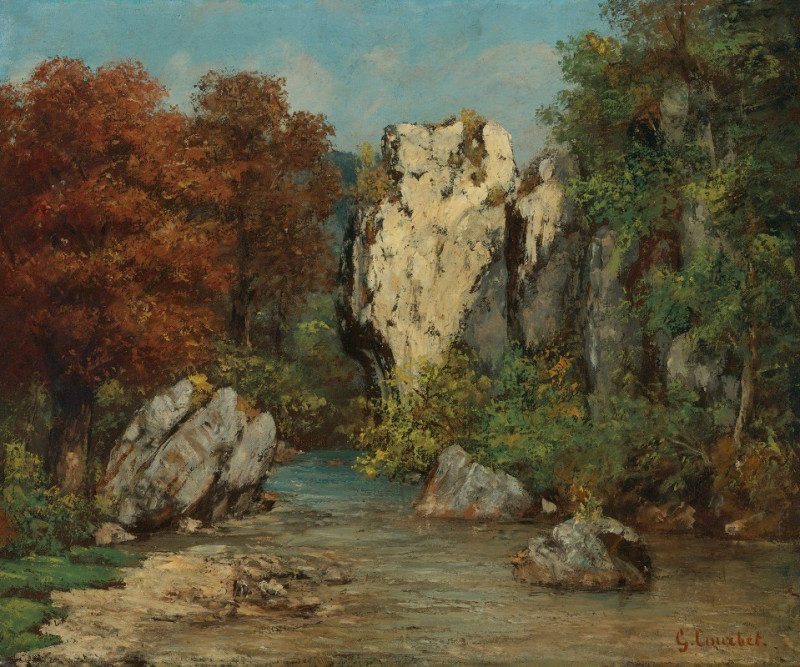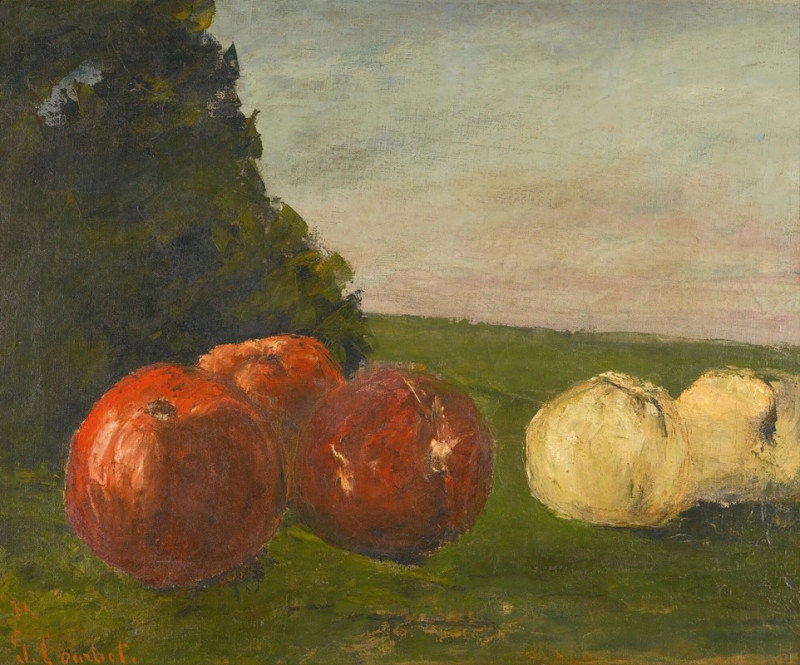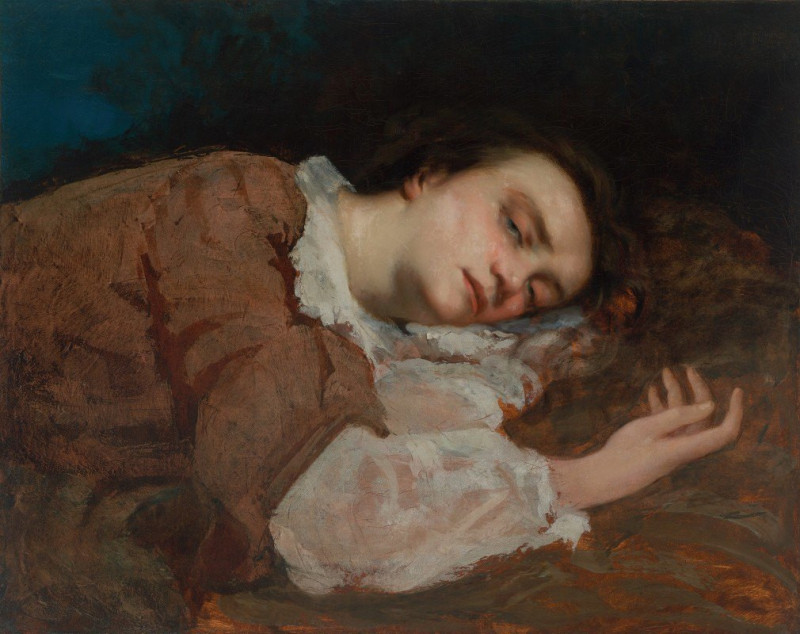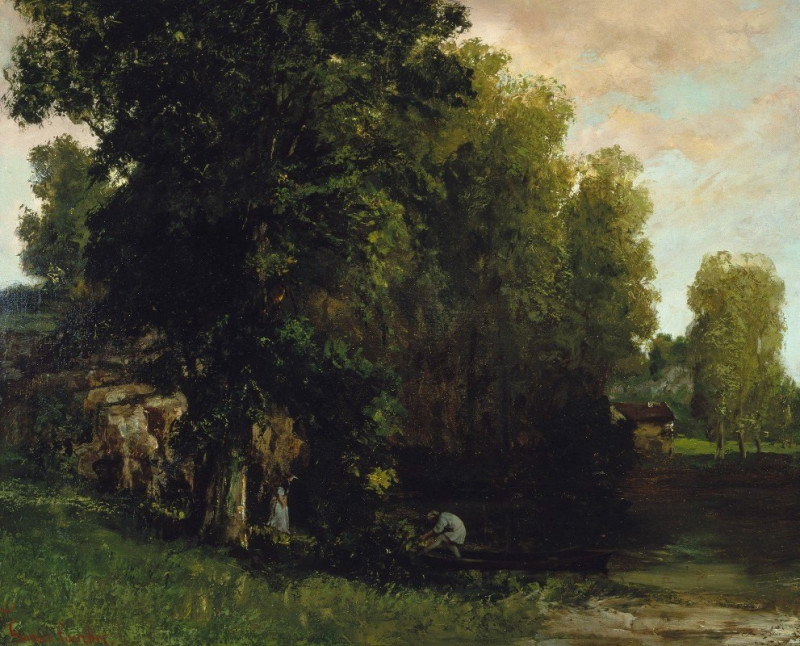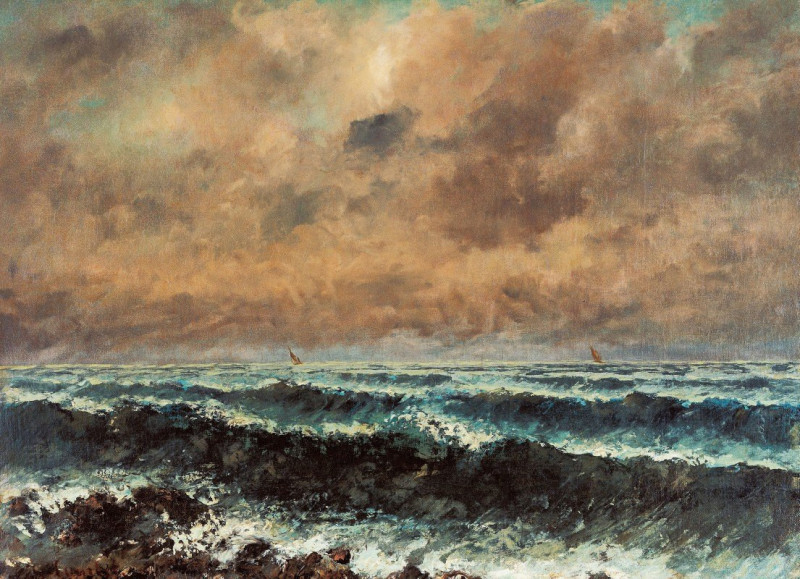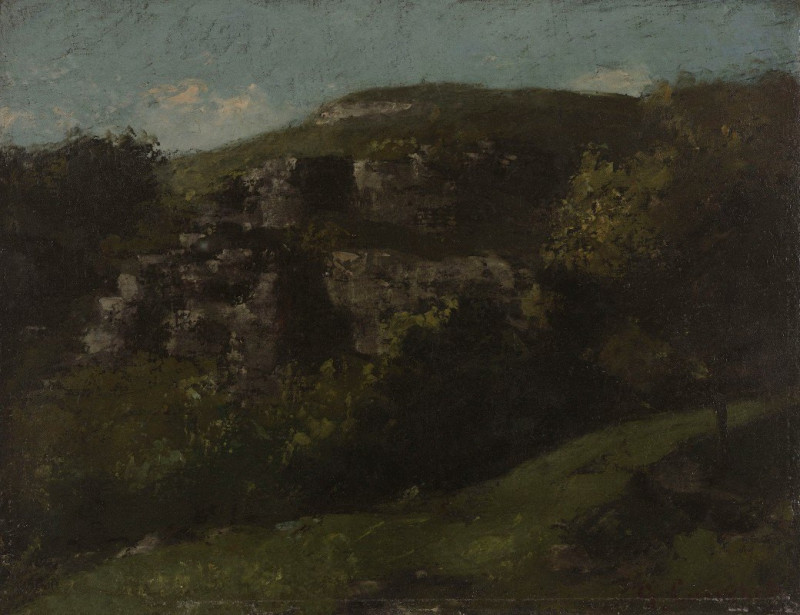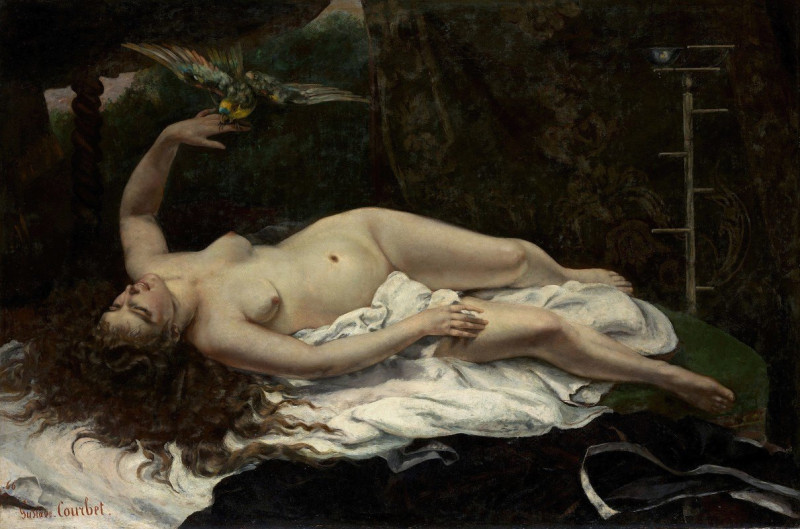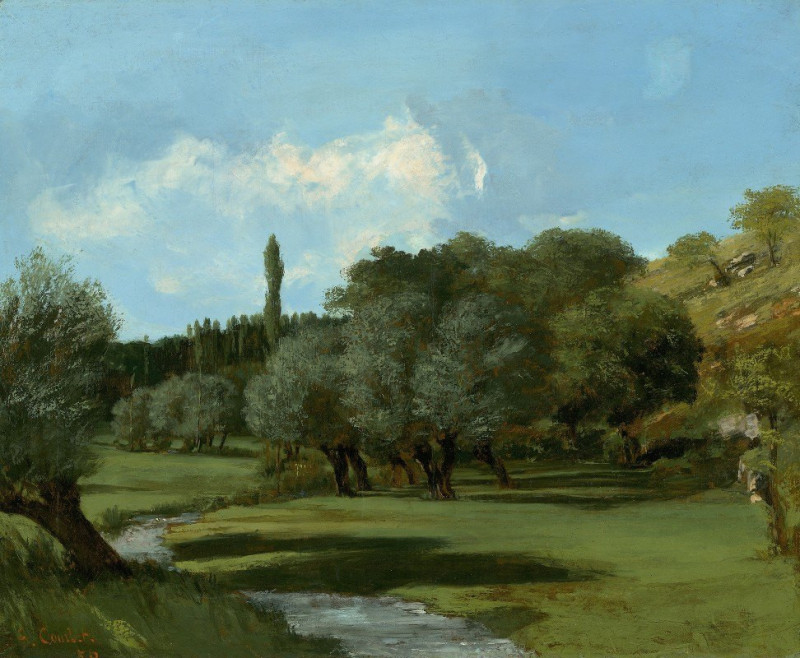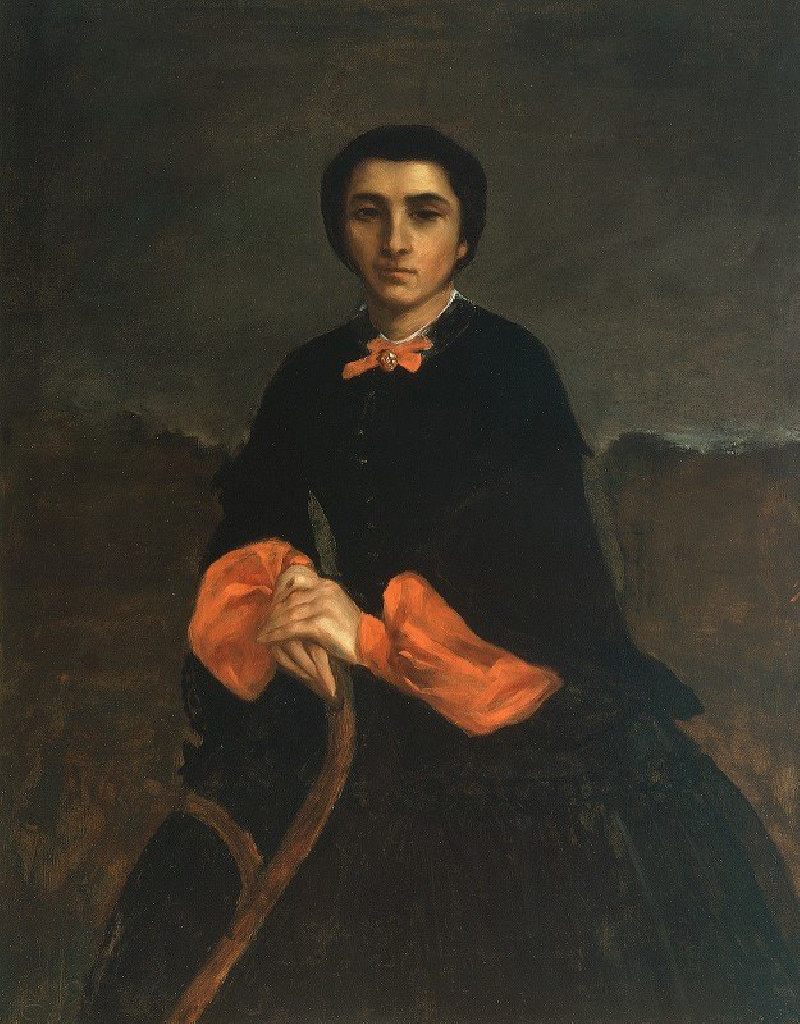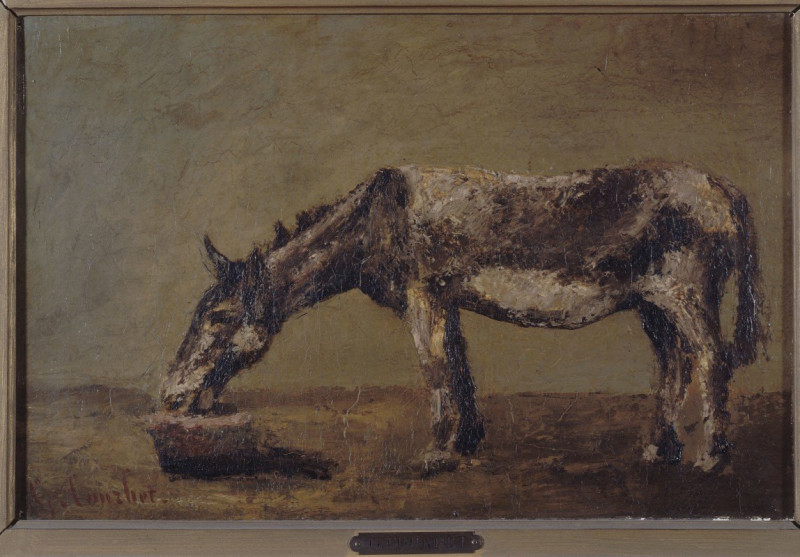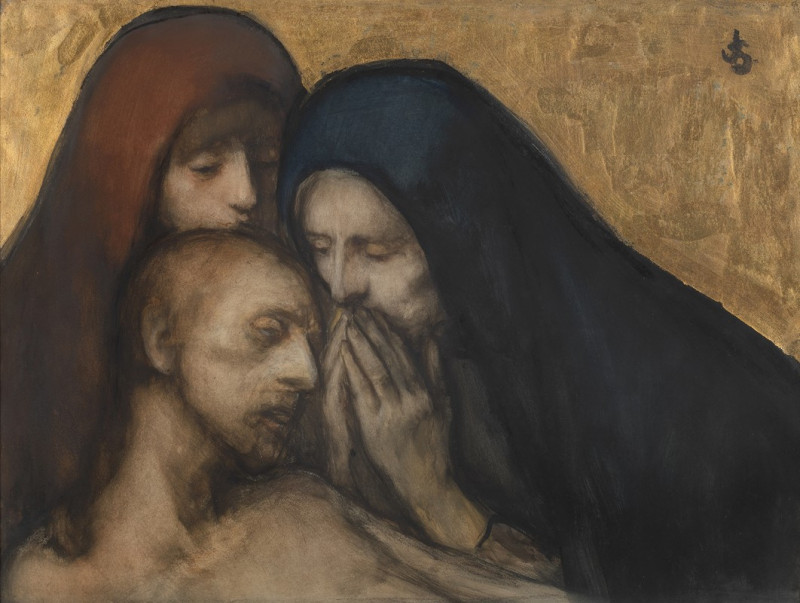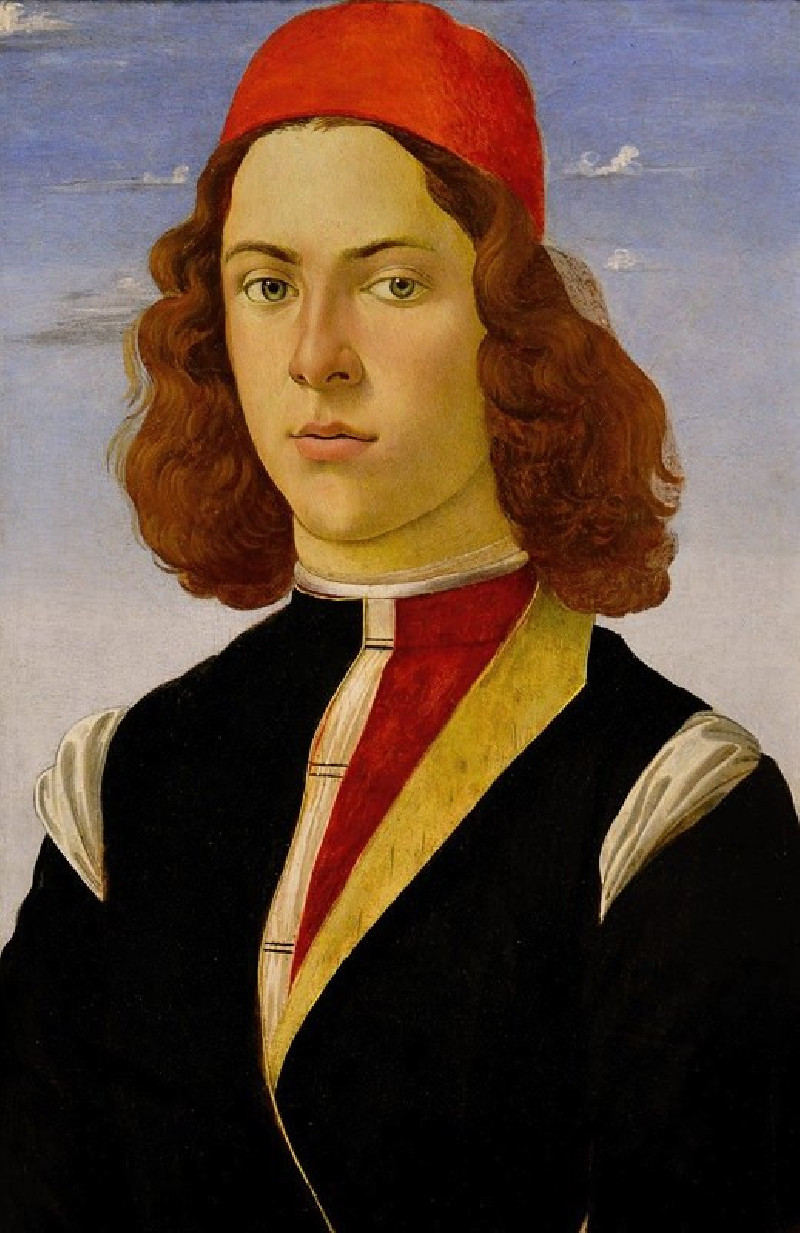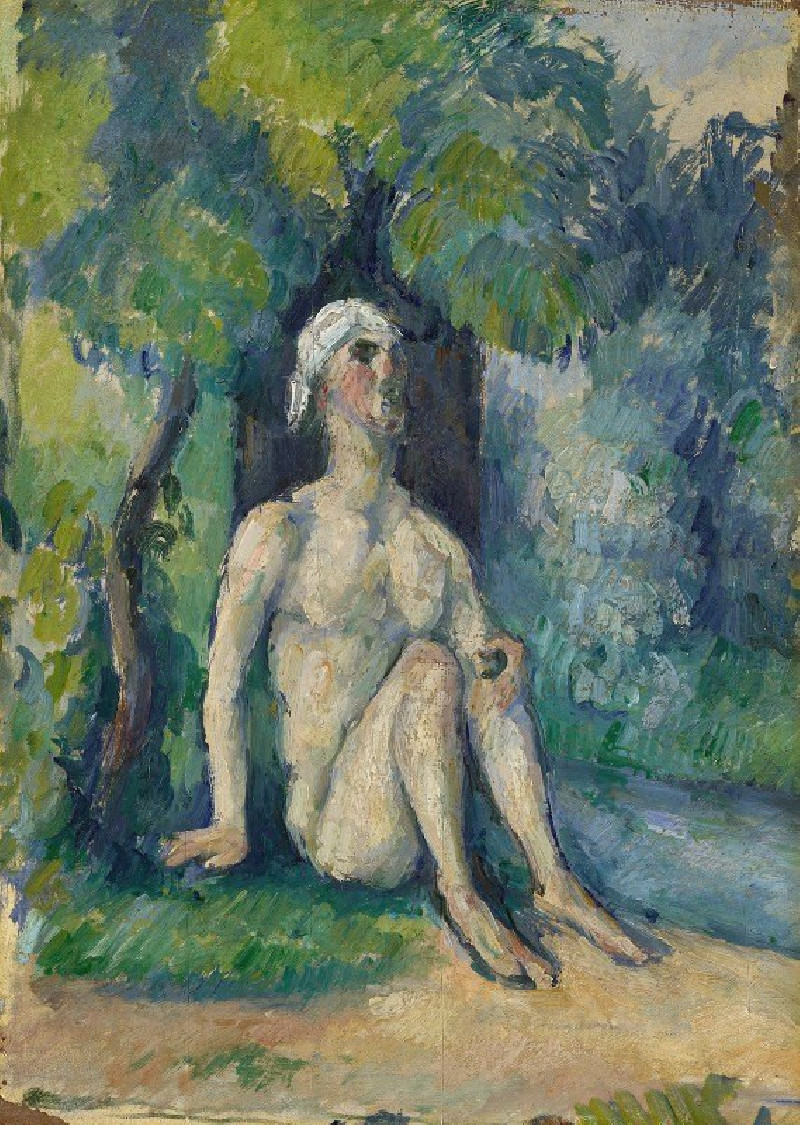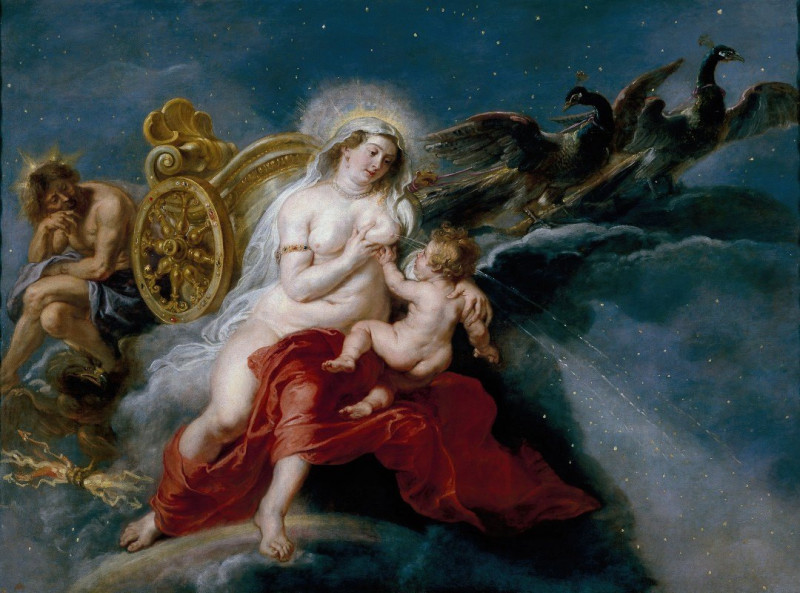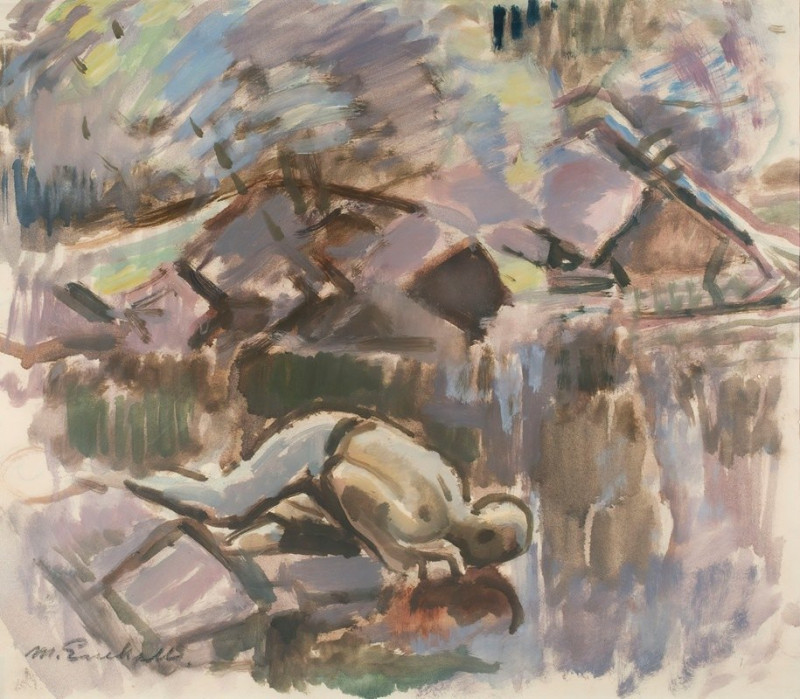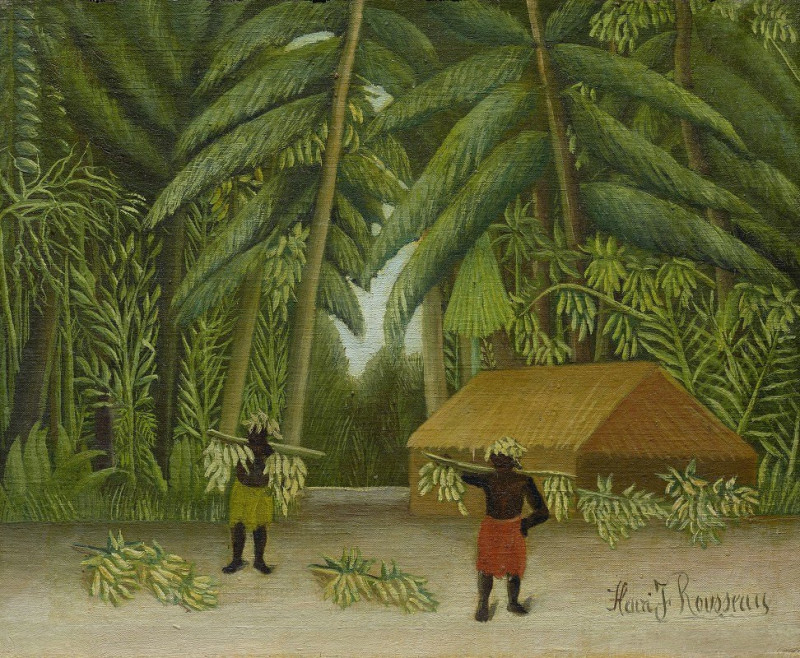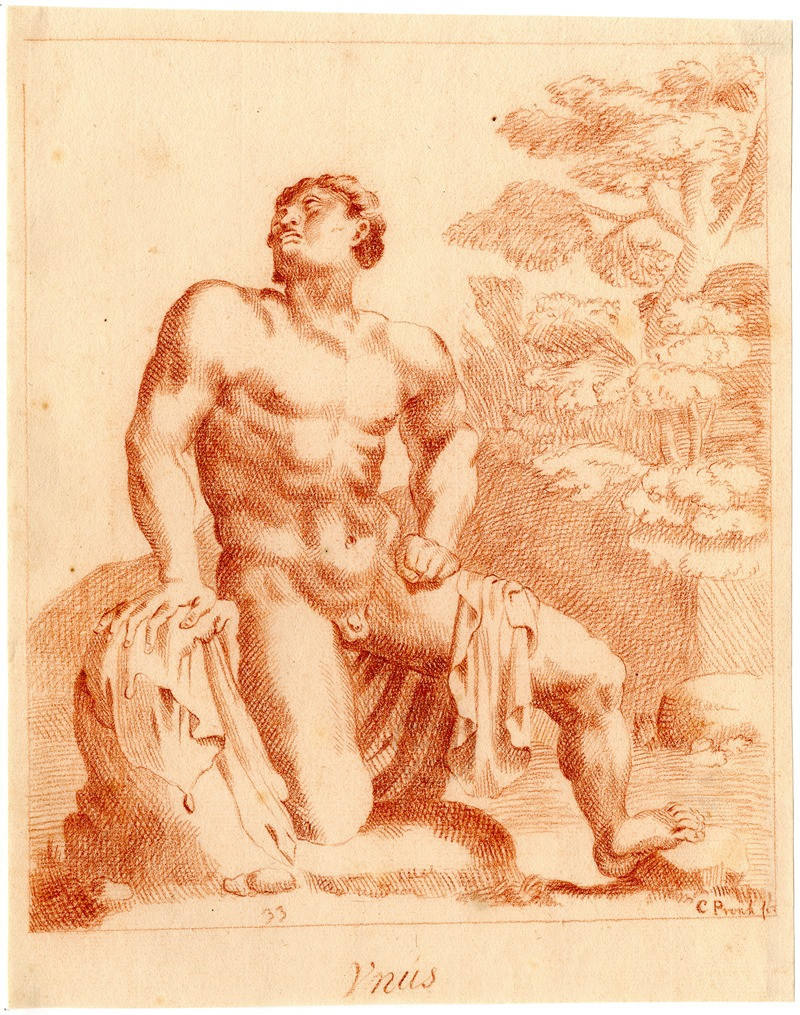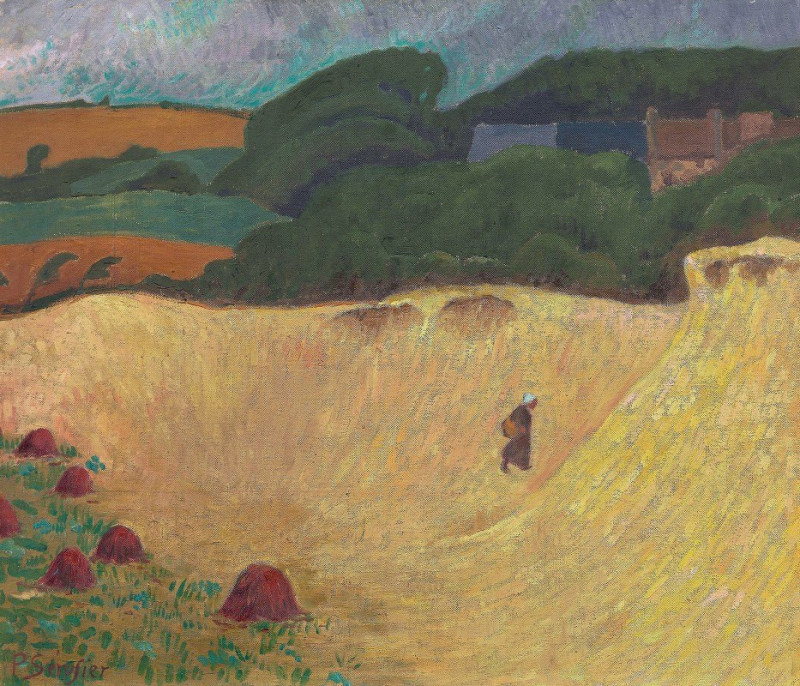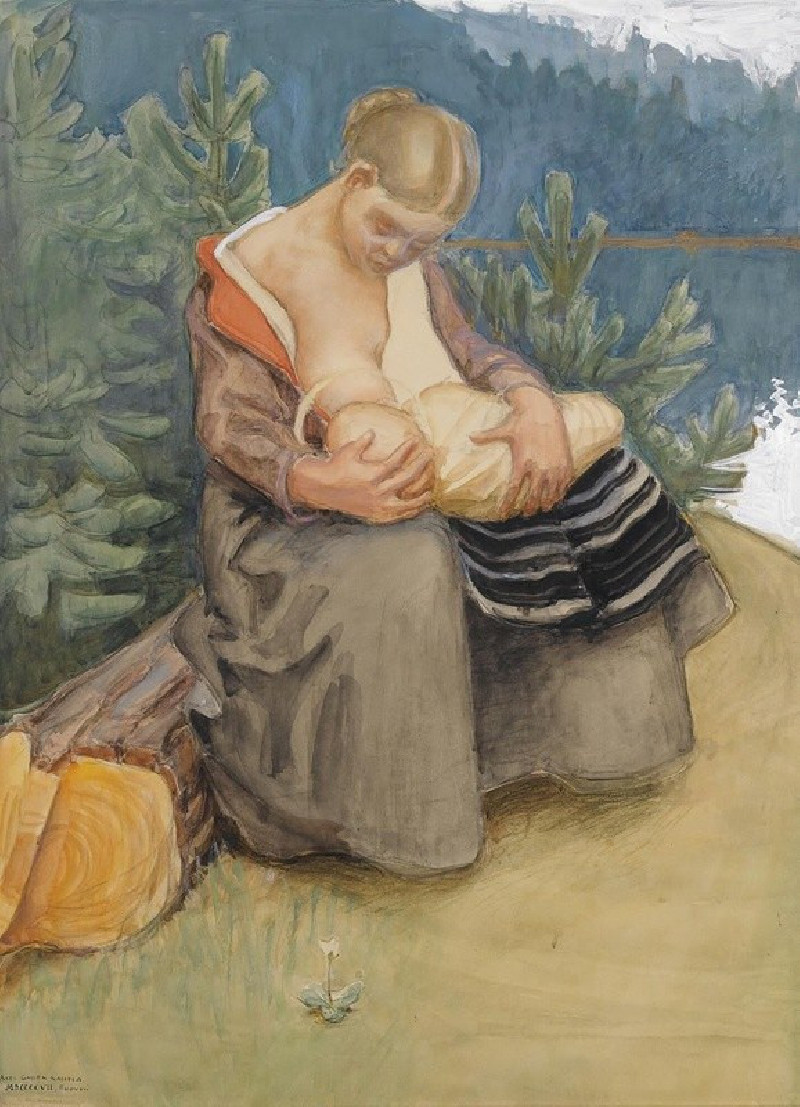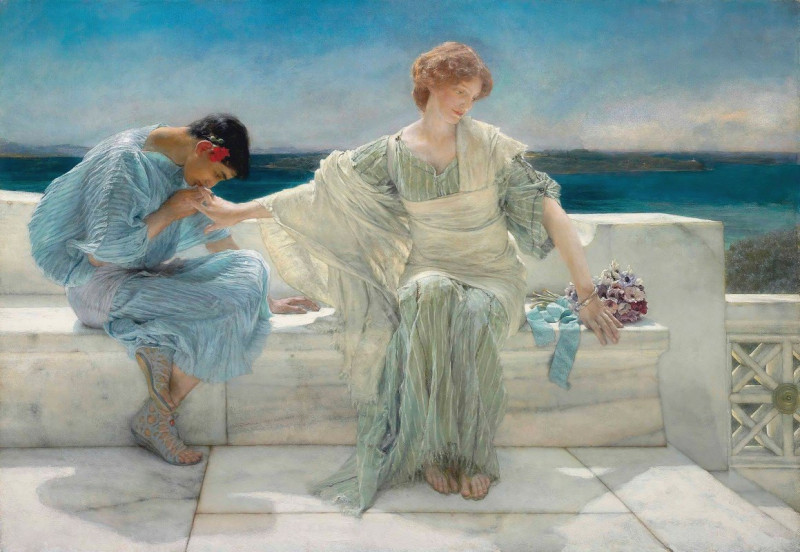The Sea (1865)
Technique: Giclée quality print
Recommended by our customers
More about this artwork
Explore the depths of emotion and the raw beauty of nature with Gustave Courbet's painting, . This captivating work, a quintessential example of the Realism art movement, showcases Courbet's masterful ability to convey the dramatic power and mesmerizing vastness of the sea.The painting invites the viewer to experience a tempestuous sea under a moody sky. The foreground is dominated by rough, choppy waves, each stroke capturing the tumultuous movement of water as it crashes against the shore. A dark, rocky shoreline anchors the scene, adding a sense of rugged permanence against the fleeting fury of the water.Above, the sky is a turbulent canopy of stormy clouds, painted in hues of dark gray interspersed with light, suggesting either the breaking of a storm or the gathering of one. The detailed rendering of the clouds lends a dynamic and almost tactile quality to the painting, blurring the line between sky and sea and enhancing the overall atmosphere of unrest and majesty.A small sailing vessel appears near the horizon, almost engulfed by the mighty sea, serving as a poignant reminder of human vulnerability in the face of nature's overwhelming forces."The Sea" is not just a visual experience; it is an emotional journey. Courbet's use of color, light, and texture makes the scene feel alive, reflecting the solitude and awe one may feel when standing before the expansive ocean. This painting is a profound meditation on nature's beauty and power, a theme that resonates through much of Courbet's work.
Delivery
Returns
Jean Désiré Gustave Courbet (10 June 1819 – 31 December 1877) was a French painter who led the Realism movement in 19th-century French painting. Committed to painting only what he could see, he rejected academic convention and the Romanticism of the previous generation of visual artists. His independence set an example that was important to later artists, such as the Impressionists and the Cubists. Courbet occupies an important place in 19th-century French painting as an innovator and as an artist willing to make bold social statements through his work.




